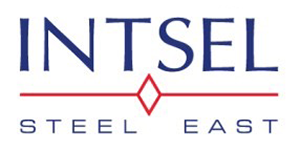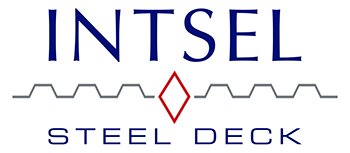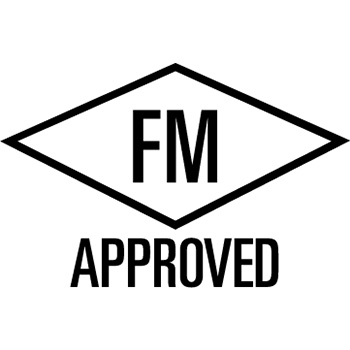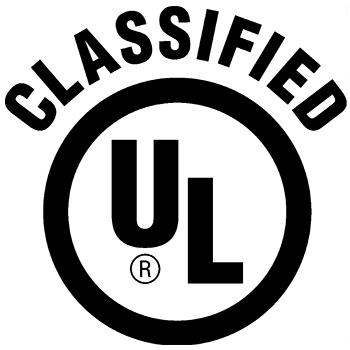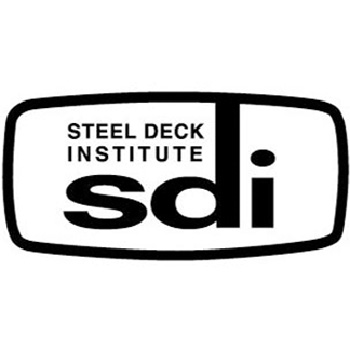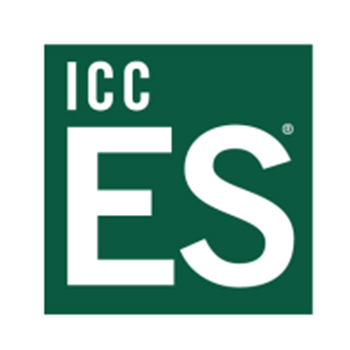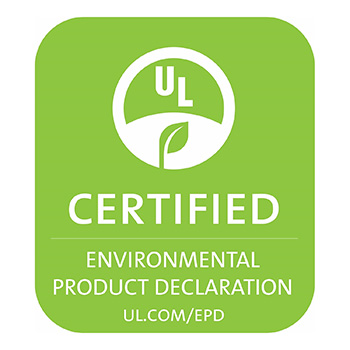The Different Types Of Expanded Metal And Their Uses
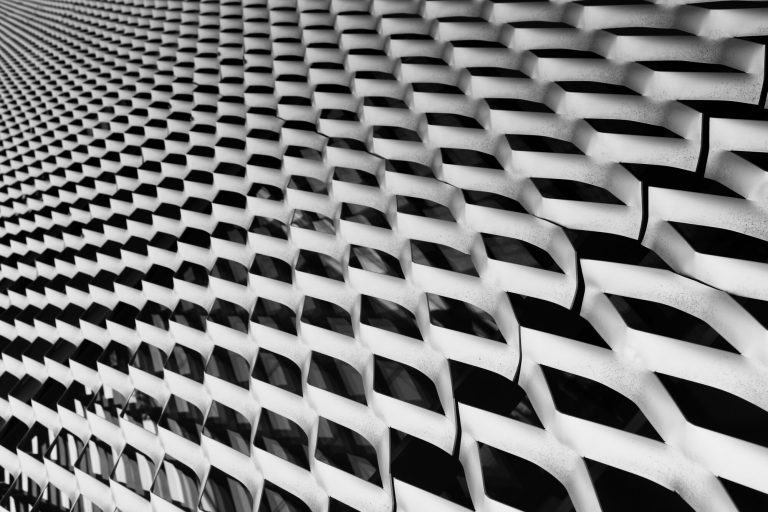
Expanded metal would most likely be the right product choice for your next project due to its strength and durability. It outranks its competitors, like chicken wire, as it is cost-effective and comes in multiple sizes and weights.
Examples of metals used to make expanded metal include aluminum, stainless and galvanized steel, copper, and titanium. There are several types of expanded metal. Each type is made in different ways that provide various functions. Let’s figure out which one suits your needs the best.
What Is Expanded Metal?
The process of creating expanded metal was first developed and copyrighted in the 1880s in Hartlepool, UK. Despite advancements in technology, the modern process of expanding metal remains similar to the original technique.
Expanded metal is a metal produced from a solid metal sheet. Stainless steel, aluminum, steel, titanium, and copper sheets are used. The sheet goes through a process of cutting and stretching using industrial machinery. Stretching and cutting result in a mesh with diamond-shaped spaces. Many other patterns can also be created.
The ratio of open to closed mesh area specifies the amount of space for the passage of light, air, and water. The ratio can be changed according to the mesh usage. As the process starts with a small sheet of steel and results in the production of a large mesh, it is lightweight and cost-effective, making it the best pocket-friendly option to choose among others.
The versatility of expanded metal widens the opportunity for usage. It can be used for a variety of applications. While still allowing airflow and light in, expanded metal is very strong and durable.
The diamond shape does the best at absorbing energy and deforms the least after being installed. Other design variants consider the size and angles of the shapes and how well they can absorb energy.
How Is Expanded Metal Made?
The manufacturing of expanded metal begins with a metal sheet. The sheet is cut and stretched. This procedure expands the cuts uniformly into diamond-shaped openings. There is no metal wastage during the expanding procedure, making expanded metal a green product. As mentioned, expanded metal comes from a single sheet of any metal. An industrial cutting machine moves back and forth to cut the sheet in alternating cuts for a specific shape. Several different knife patterns can be used to cut the sheet into different shapes and sizes. The purpose of creating expanded metal is to stretch it. You only need a small piece of metal for this process.
Expanded metal machines have various functions. Sometimes the process requires multiple machines. The standard method is to expand the metal sheet in a press that creates the diamond-shaped voids. Then, a flattening machine is used to flatten out the metal, followed by a shearing and slitting machine which cuts and creates the holes. This process can vary based on the available resources.
Different Types of Expanded Metal
There are 4 main types of expanded metals: standard expanded metal, flattened expanded metal, expanded metal mesh, and expanded metal grating. They all start as a metal sheet but evolve into their respective types.
Standard Expanded Metal
Standard expanded metal is created by entering a metal sheet in a machine press that cuts and stretches metal. Through this process, overlapping strips of a diamond pattern are created. This pattern permits air circulation, but it does not let the metal lose its strength and durability. In contrast to other types, standard expanded metal turns into a finished product as soon as it is made in the press. Expanded metal can be produced in various sizes and weights and these can be used when making lockers, warehouse fencing and machinery safety doors.
Flattened Expanded Metal
Flattened expanded metal is about 5% lighter than the standard expanded metal. After the standard process is used to make standard expanded metal, another step is involved, which creates flattened expanded metal. After exiting the machine the cold rolling press is used to flatten it. This step of the process helps to make the metal mesh flatter, thinner, and longer. Flattened expanded metal is perfect for fences, ventilation, cages and flooring. The slip-resistant coating is perfect for constructing walkways or stairways, allowing pedestrians a durable surface with a great grip.
Expanded Metal Mesh
The expanded metal mesh comes in various shapes and sizes. It ranges from delicate mesh to stronger ones. It is made by using a single sheet of solid metal that is compressed and stretched. Ornamental and constructive products are made using expanded metal mesh such as dividing screens, fences, and aerated storage systems.
Expanded Metal Grating
Low carbon steel plates are created using this type. They are heavier than ordinary ones. These are used for areas where durability is necessary such as walkways, stairs or main pedestrian zones. Expanded metal grating products have a terrific strength-to-weight ratio. They are also naturally slip-proof and do not require a nonslip coating as the slitting and stretching of metal plates result in a non-slip surface. This type proves to be one of the most economical and strong materials.
Raised vs Flat Expanded Metal
There are 3,500 different types and grades of steel on the market today, but this article will focus on two types: raised metal, and flat expanded metal.
Both types of metal have their pros and cons, so it is important to learn about what each brings to the table so that you choose the right type for your project:
Raised Expanded Metal
Raised metal, also known as standard metal, is a steel product used for anything from fences to grates. It’s called standard metal because its final form is exactly how it is when it leaves the expanding press.
The strands on raised metal have horizontal angles. making a less smooth surface. The characteristics of each sheet are customizable depending on the pattern size and the amount of expansion applied. Despite the customizable size and thickness of the sheet, the holes and the strands around them are uniform in size and thickness.
Some of the primary applications of raised metal are fences, walkways, and grates. The reason that raised metal is coveted for these purposes is because it is durable and strong. The small openings also allow for air, liquid, and light to pass through. It acts as a strainer by allowing those things to pass through while stopping large objects.
Some other standard uses for the raised expanded metal are for use in lockers as walls and doors to close off areas of warehouses.
Pros and Cons
Raised metal is structurally stronger than other types of expanded metal. The strands distribute a load of weight more evenly, allowing the expanded metal to support more weight than flat expanded metal can.
Additionally, because of the angled strands, raised expanded metal provides more grip and makes them skid-resistant for anyone walking on them. This makes them a great option for walkways. Because they come from steel, raised expanded metal is very durable and will last a long time. This means it will save you money because you won’t need to pay for repairs or a replacement for 40 or more years.
Some cons of raised expanded metal are that it is not as aesthetically pleasing as flat expanded metal. It is also heavier and denser, which can cost you more to have it delivered.
Flat Expanded Metal
Flat expanded metal is made the same way that raised expanded metal is, with one difference in the process. After exiting the press it is milled to make a smooth and flat surface. By removing the ridges of standard or raised expanded metal gives the expanded metal a much sleeker appearance.
Compared to raised expanded metal, flat expanded metal is thinner and flatter. It is most useful where abrasion isn’t as important and aesthetics are more valuable. Removing the ridges also makes flat expanded metal weigh less than raised expanded metal. It also has a finished surface to make it look even more aesthetically pleasing.
Some typical uses of flat expanded metal are fencing, use for enclosures and safety areas, and even walkways on billboards. It can also make great railings, gates, paths, and grates.
Pros and Cons
The big pro of flat expanded metal is that it weighs less. Because it weighs less, it costs less to transport and manufacture. It can save you money by opting to go with flat expanded metal.
Its distinctive finish also sets it apart from raised expanded metal. If the grip is less important than appearance for what you need the expanded metal for, flat expanded metal will be a better fit for you.
Similar to raised expanded metal, flat expanded metal is great for letting light, air, and water through it while still presenting a barrier to larger objects. It is also a very strong and durable material for whatever application you are using it for. Corrosion won’t be an issue either since it is made from stainless steel and coated to protect it from the elements.
Some cons of flat expanded metal are that you don’t have as good of a grip in wet conditions if it is used as a walkway. It also isn’t as strong as raised expanded metal due to being flattened out and stretched.
Ultimately, flat expanded metal looks much nicer and is less expensive but it isn’t as utilitarian as the raised expanded metal alternative.
Uses of Expanded Metal
Expanded metal is used in projects involving architecture, agriculture, horticulture, transportation, and art installation. The metal allows for flexible designs while also being very sturdy and durable. Due to great variations in size and dimension, its uses are endless.
Sizes of expanded metal depend on the company you purchase it from. Overall, it is generally used as a barrier for lighter objects.
Benefits of Expanded Metal
Expanded metals have hundreds of uses and there are many advantages of this type of metal. Some are described below:
- An advantage of expanded metal is that it is environmentally friendly and is considered a green product. The process through which expanded metal is created, from raw product to end product, there is very little waste (scrap metal), making it a cost-effective solution.
- The material is recyclable and less expensive than metal sheets.
- Expanded metal permits air, fluid or light to flow through so you can protect an area without closing it off entirely.
- Due to its diamond-shaped openings, air, water, fluid, and dirt can easily pass across to maintain a safe slip-resistant surface.
- It is made using a wide variety of steel and other metals. It can be used as per your needs such as small battery cells and heavy-duty shelves.
- Since expanded metal is made by using steel, its strength and flexibility are matchless. It has an extremely high strength-to-weight ratio, making it durable. It can endure a lot of weight.
- There are many diverse options. You can get it cut to the shape and size according to your needs, especially when you buy it from Bushwick Metals.
Expanded Metal Products
Each type of extended metal can be used to make different products. Common products made by using expanded metals are:
- Air or fluid filters
- Radar antennas
- Battery cells
- Speaker covers
- Ventilation systems
- Satellite antennas
- Benches
- Outdoor grills
- Securing walls
- Fences
- Ceilings
- Protective appliance covers (an air conditioning unit is covered by expanded metals)
- Reinforcing concrete
- Basement window well covers
- Stairs and walkways, especially in industrial settings
- Benches
- Heavy-duty shelves
Find the Best Expanded Metal Near You
Take time to consider the components of what you are constructing and how the benefits of expanded metal will work to your advantage. One of the good things about expanded metal is that it is used for projects ranging from small developments around the house to massive construction sites.
Bushwick Metals takes pride in staying committed to providing quality services to its customers. Our company has 3 major goals:
- To source only the first-rate structural steel and plate products from every part of the world. We aim to provide the most extensive range of steel products to our customers.
- To create a warehouse with an extensive inventory of steel structural plates and ornamental products to make sure we deliver them to customers within a day. We aim to help customers avoid warehousing fees, allowing them more efficient management of their production schedules and material costs.
- We strive to provide steel-processing services to help our customers meet strict deadlines and decrease their basic equipment investments.
We contribute to your workload by producing the optimal products and managing your costs. All you need to do is figure out what your project needs and put your plan into action. We will do the rest. Head over to our products section to see the selection of services we offer. Don’t let any project hold you back anymore. We have the expanded metal and it is ready for your use.
We are proud to have the power of Triple-S Steel and have been making structural steel products for more than 100 years. We have 5 locations, some of which include carbon service centers.
If you have further questions, comments, or concerns, feel free to contact us. We would love to help you out!
